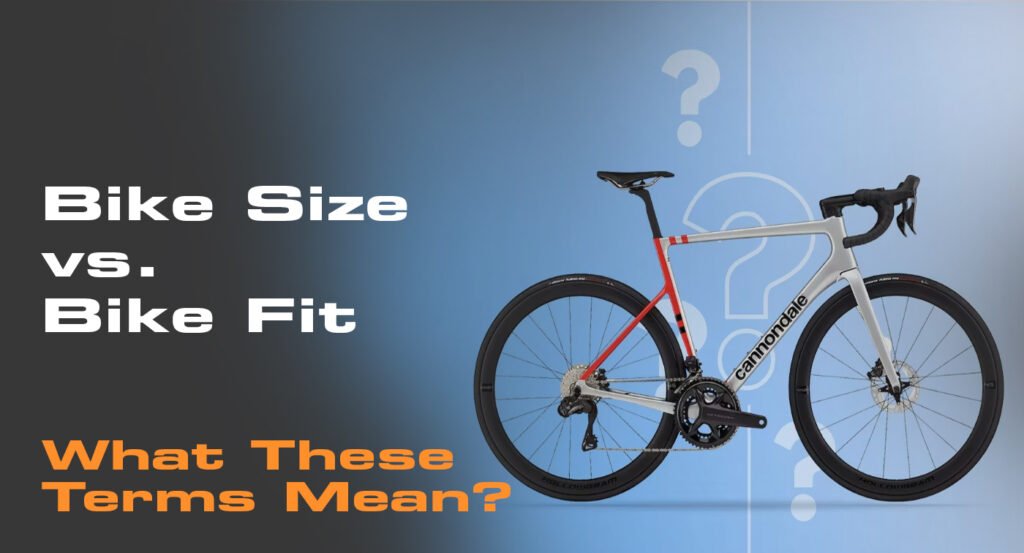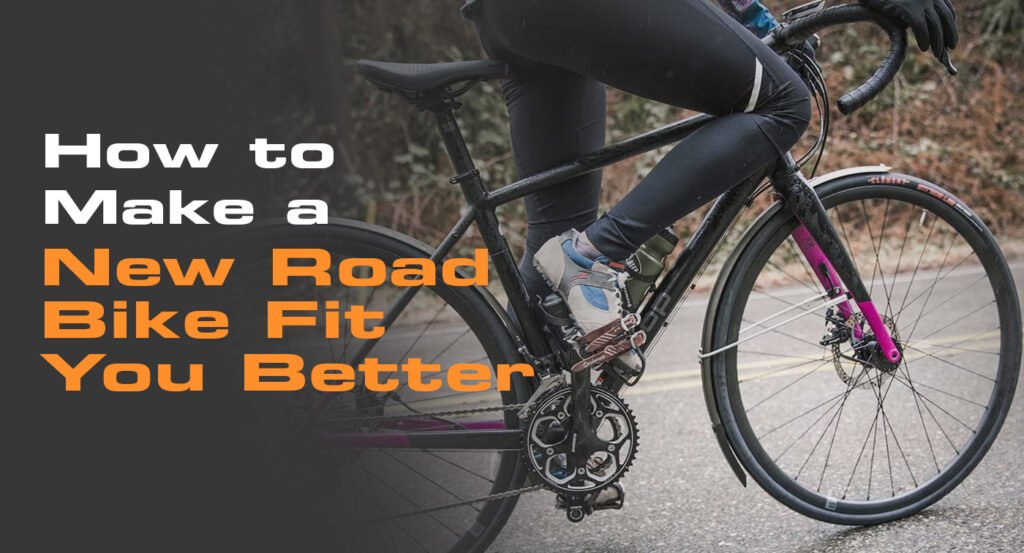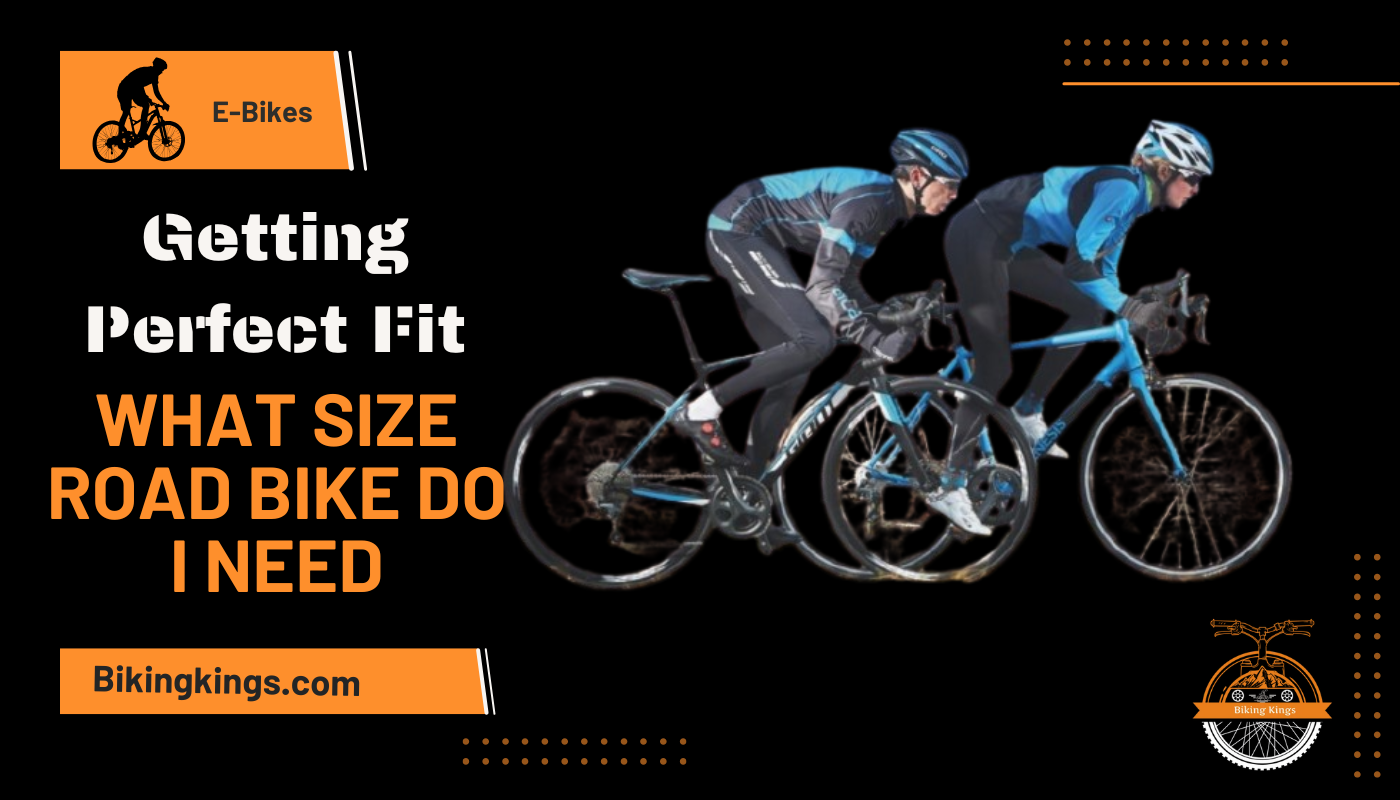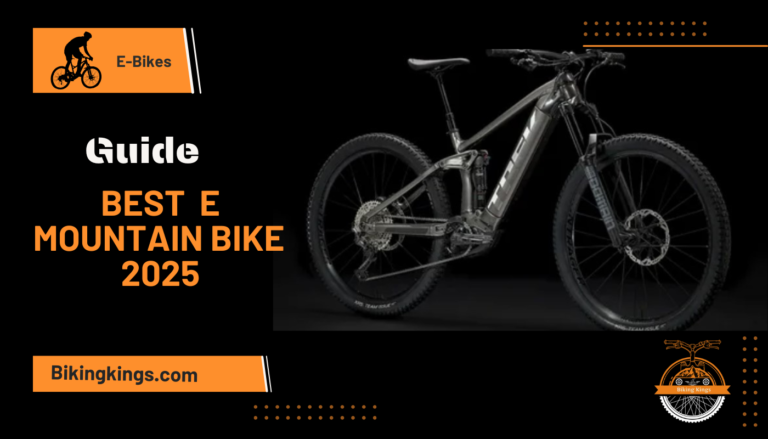When choosing the ideal size for your new road bike, several important factors come into play, such as your height, leg length, and flexibility. These elements directly influence your comfort and confidence while riding. Finding the right bike fit is essential for both new riders and seasoned cyclists, as the intended riding style and factors like body dimensions contribute to a more comfortable and confident experience. Considering your riding style and personal preferences ensures that your bike feels just right for long-term use. Ultimately, selecting the right size means accounting for your height, flexibility, and intended style, leading to a ride that maximizes comfort and supports your natural riding posture.
Bike Size vs. Bike Fit – What These Terms Mean

When determining the road bike sizing that suits you, several factors come into play. Key measurements like frame size, wheel size, and tire size influence your riding experience, whether you’re selecting kids’ bikes or adult bikes. The size references differ across bike types, including racing bikes, endurance road bikes, cyclocross bikes, and gravel bikes, and frame options range from 700c, 28″, to 650b, or 27.5″. These standardized sizes are especially important for electric road bikes. A frame size in centimeters (cm) has been used for decades, based on the seat tube height where it intersects the top tube. In the past, steel tubing frames were carefully cut to length and welded or lugged together using a precise method of labeling. While that system may have gone today, understanding the right size is crucial for optimizing your comfort on any road bike.
When deciding on road bikes, understanding how compact or sloping frames influence frame geometry is essential. With modern manufacturing and innovative materials, today’s bikes offer ergonomic frames tailored to every rider’s unique fit. Rather than focusing solely on the number of centimeters that define a modern bike, it’s important to recognize that traditional measurements, like a 56cm bike, can be arbitrary at times.
While this approximate size may seem standard, understanding your personal measurement and the nuances of traditional sizing will ensure a more precise fit, leading to better performance and comfort.
Ensuring proper standover clearance is crucial, especially for riders from 5’ (152cm) to 6’6″ (198cm). Most models are designed to offer a range of sizes to accommodate different body types, ensuring a bike that’s comfortable and suits your needs whether you’re on the road or off. The size of your bike impacts how well it will fit you, so getting a bike that is properly sized is as important as making sure the fit feels natural.
How to Find the Right Size Road Bike for You

Ensuring that you’ve measured your inseam precisely will make all the difference in your riding experience.To measure your inseam, stand with your legs 8-10 inches (20-25cm) apart, then measure the distance from the floor to your crotch. Since you need to have clearance between your crotch and the top tube, subtract 1-2 inches (2.5-5cm). To convert inches into centimeters (if you’re not using metric measurements), multiply this number by 2.54. Then write it down to remember it.
When figuring out the correct size road bike, it’s crucial to measure the distance from the floor to your crotch to get a good starting point. Ideally, you want around 8-10 inches or 20-25cm of leg space for proper clearance over the top tube. If the number seems off, you can subtract about 1-2 inches or 2.5-5cm from the total. To be precise, it’s always smart to convert the inches to centimeters using metric measurements. For this, just multiply the number by 2.54. Make sure to write down your results and remember them when choosing your bike size.
When figuring out what size road bike you need, it’s important to consider key factors like the geometry of the bike and its fit to your body. First, scroll through the model specifications and locate the geometry chart on the product page. This chart provides essential information that allows you to align your measurements with the bike’s ideal size. Pay special attention to the standover height, which you can cross-check with the measurement you took earlier to ensure the closest fit. By analyzing the geometry and checking the standover height, you’ll be able to select the road bike that fits your specific needs with greater accuracy.
When determining the right road bike size, your body plays a significant role in ensuring comfort and safety. A key measurement to consider is the top tube length, often expressed in inches or cm. It’s essential to have adequate standover clearance to ensure you can comfortably stand over the bike with both feet flat on the floor, even with your shoes on. Having enough clearance between your body and the bike’s frame enhances overall safety and provides a better riding experience. Ensuring a proper fit means achieving the right balance of clearance and stability when standing on the bike.
ℹ️ Be cautious with your assistance use on hazardous technical sections – the bike’s heavyweight, combined with its immense power, could lead to a nasty accident if you aren’t careful or don’t have the strength to cope with it.
Working with a professional fitter can help discern the subtle differences between sizes, making it easier to find the perfect fit. A test ride is essential when considering these details, as it allows you to feel the subtle distinctions between different frame sizes and how they accommodate your unique anatomy. In a professional sizing conversation, discussing your riding style and arm length helps to decide what will suit you best.
How to Make a New Road Bike Fit You Better

When choosing the right size road bike, making precise adjustments is crucial to ensure a perfect fit. One of the most important aspects of this process is fine-tuning your saddle adjustment to improve comfort during your rides. Pay attention to the saddle height, as an adjustable saddle allows you to modify the position to suit your needs. This is especially important for riders who want to find the ideal fore/aft positioning by sliding the saddle either forward or backward along the rails. Adjusting the seat head can also help you achieve the most precise bike fitting for your body type and riding style.
When considering how to make a new road bike fit you better, one important factor is the length and angle of the stem, which connects the handlebar to the bike. This part is often adjustable, allowing for adjustment by replacing it with a shorter or longer one, depending on whether the rider prefers a taller or lower position. Finding the right model with the correct stem length can make a significant difference in comfort, particularly for riders with a smaller or larger frame. A good fitting bike ensures a great experience on the road, offering both performance and comfort.
When thinking about how to make a new road bike fit you better, one of the key things to consider is upgrading your saddle. Each rider’s anatomy is unique, so finding the right seat can significantly improve your comfort during riding. A proper road bike fitting is a detailed process, and it’s always best to visit a trusted shop and talk with professionals who can help with the fitting. This ensures your bike, whether it’s a Bikingkings or another brand, feels tailored to you, enhancing how it fits your body and making you feel better on long rides.


